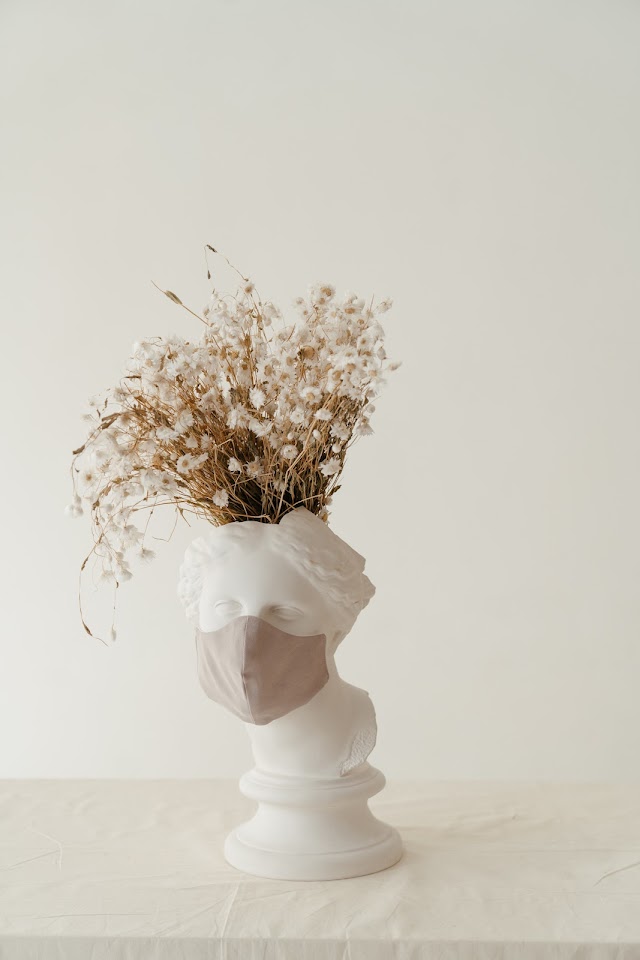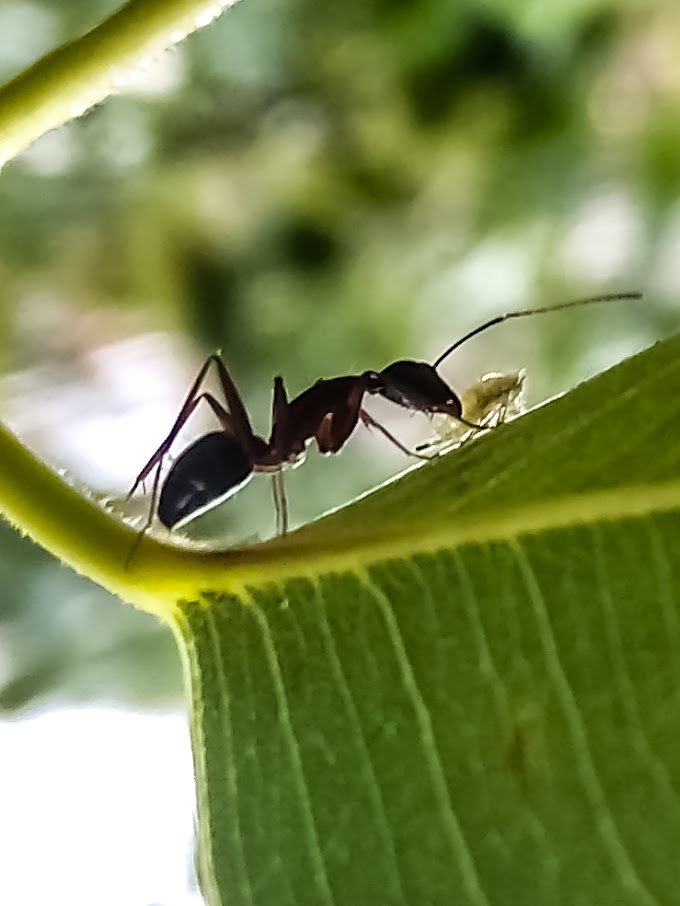The Art of Composition in Photography: Tips and Techniques
Composition is one of the most important aspects of photography. This refers to how you arrange the elements in your photo to create an eye-catching image. A well-composed photograph can capture an audience's attention and deliver a powerful message. In this article, we'll explore some tips and techniques to help you master the art of composition in photography.
rule of thirds
The rule of thirds is a basic principle of composition that involves dividing your frame into thirds, both horizontally and vertically. The points at which the lines intersect are known as points of interest. Placing the main subject of your photo at one of these points can result in a more balanced and visually appealing image.
leading lines
Leading lines are a powerful tool in composition. They can draw the viewer's attention to the main subject of the picture. Examples of leading lines include roads, paths, fences, and other lines that lead the viewer's eye to the main subject of the photograph.
framing
Framing involves using elements in the photograph to frame the main subject. It can create a sense of depth and draw the audience's attention to the main subject. Examples of framing include using natural elements such as trees or arches, or man-made elements such as windows or doors.
symmetry
Symmetry can create a sense of balance and harmony in your photographs. This involves dividing your frame into two equal parts and placing your subject in the center of the frame. This technique works well for architectural and landscape photography.
negative space
Negative space refers to the empty space in your photograph. It can be used to create a sense of balance and draw the audience's attention to the main subject. Examples of negative space include the sky in landscape photography or the empty space around a subject in portrait photography.
depth of field
Depth of field refers to the area in your photograph that is in focus. Using a shallow depth of field can create a sense of depth and draw the viewer's attention to the main subject. This technique works well for portrait photography.
Difference
Contrast involves using elements in your photo that are different from each other. It can create a sense of tension and draw the audience's attention to the main subject. Examples of contrast include using light and dark elements or using different textures.
Ultimately, mastering the art of composition in photography takes time and practice. By using these tips and techniques, you can improve your composition skills and create engaging images that will grab your audience's attention. Remember, the key to good design is experimentation and trying new things. Don't be afraid to break the rules and create your own unique style.







0 Comments